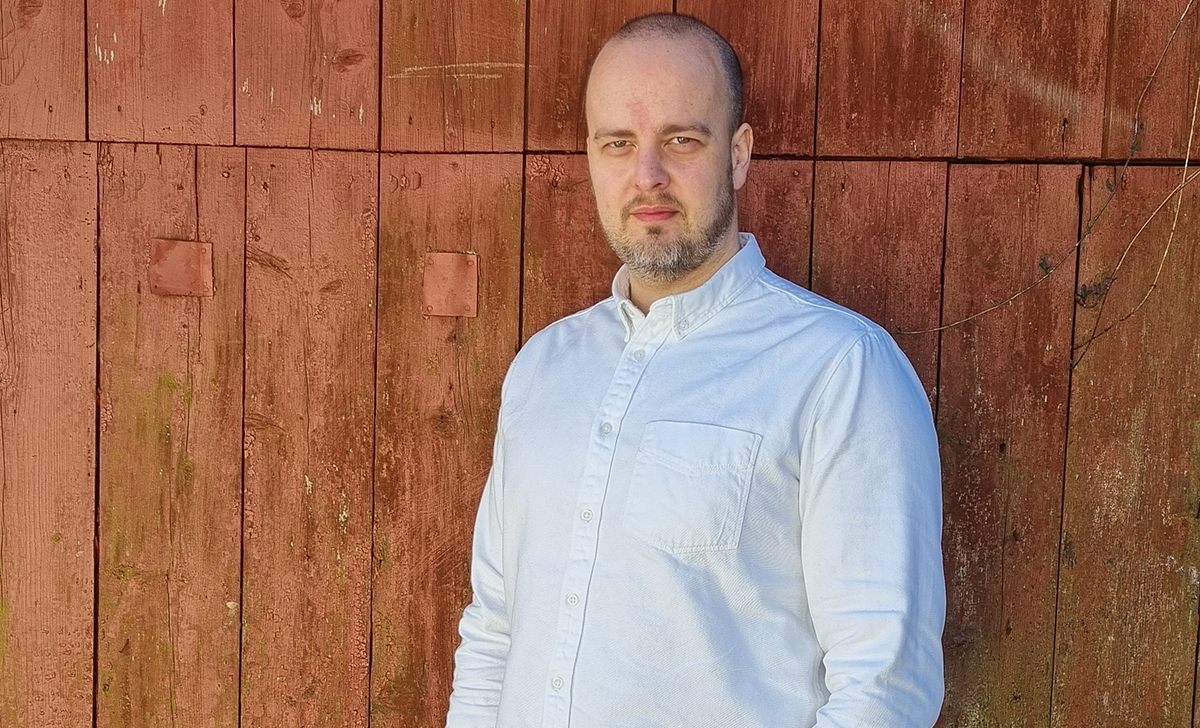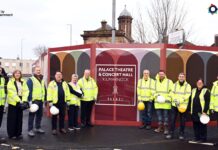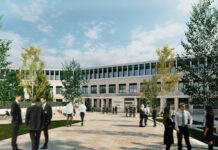
AN award-winning Scottish architect has launched his own practice with visions of helping to shape the workplaces of the future.
Ross Ellis Stewart will run his new practice – Ross Ellis Stewart Architect – from Methven, west of Perth, as he looks to hone in on the potential of Scotland’s fastest growing city and also utilise its strong transport links with the rest of the country.
Ross, who played a pivotal role in the refurbishment of the Garment Factory on Glasgow’s Montrose Street, told Project Scotland that the launch of his own practice has been a long time coming and is in part thanks to the ‘world-class’ mentoring he has been fortunate to receive during a 12-year career which has seen him work for major practices in Glasgow, Edinburgh, and London.
“I’m focusing on commercial (projects) initially as well as adaptive reuse of buildings; there’s a message tied to that.”
Key to the architect’s business plan is the intention of providing a solution to the changing attitudes of what a workplace should look like following the pandemic.
“It’s changed how we approach work, what workplaces look like, and how they function,” Ross explained. “I think as well, (the pandemic) made a lot of people take stock of their lives during lockdown and what they’re prepared to accept from the workplace, from their employer. I think, as architects, we have to respond to that.”
Ross’ passion for creating and transforming offices was discovered in London when he began a role at Sheppard Robson where he transitioned into commercial office design.
He describes this as the ‘most pivotal’ moment in his career as he quickly developed huge interest in the practice of office new-builds and redevelopment.
His subsequent work culminated in the refurbishment of the Victorian era Garment Factory in Glasgow’s Merchant City, which he describes as being ‘pretty derelict’ and containing a ‘very heavy handed’ fit-out having lain empty for some time after previously being used as council offices.
The £6 million project by Morgan McDonnell Architecture involved stripping it back to the cast iron structure, splitting the 19th century building into offices, a complete repair of the roof, and exposed ceilings, staircases, and flooring revealed.
A key element was the building’s loading dock, which was found round the corner on Montrose Street. Ross explained that there was pressure to keep the main entrance on Ingram Street, due to its prestige, but the loading dock was ‘waiting to be used’.
A solution was found, with Ross recalling advice he was given in London by Mark Kowal, now president of the British Council for Offices.
“He always taught me to look at the plan and make sure it was efficient – and I just took one look at the layout and saw that it was not working. There were too many lift shafts and stairs at the Ingram Street end,” Ross added. “I said: ‘This is all wrong, the core needs to be at the other end of the building’ and by doing that we were able to free up more of the premium floor area – which has views of the south, over the city – and used the north end of the building which had the incredible loading dock to form a new level access reception space. That was the key move that unlocked the project.”
The loading dock level was extended into the rest of the reception area, which then allowed for huge doors to stand open – creating a more inviting entrance which Ross describes as a ‘breath-taking’ space.
He explained he has always had the ability to picture the refurbishment and potential of even the most depleted of buildings. “It’s looking at buildings, reading them, and knowing what they need,” Ross added.
He revealed that his initial five-year business plan has space to take on employees, with the first hoped to be recruited within the next year. Ross is keen to pass on the knowledge he has been given throughout his career, adding that the investment always pays itself back – either in your own company, or through seeing individuals flourish in their own careers elsewhere.
“I think mentors as an architect are so important, and I’m really grateful for the people who have guided my career,” he said. “I think I’ve been really lucky that the people I’ve worked for have been so knowledgeable. You don’t realise it at the time, but when you look back, you see the impact they had on you.”











